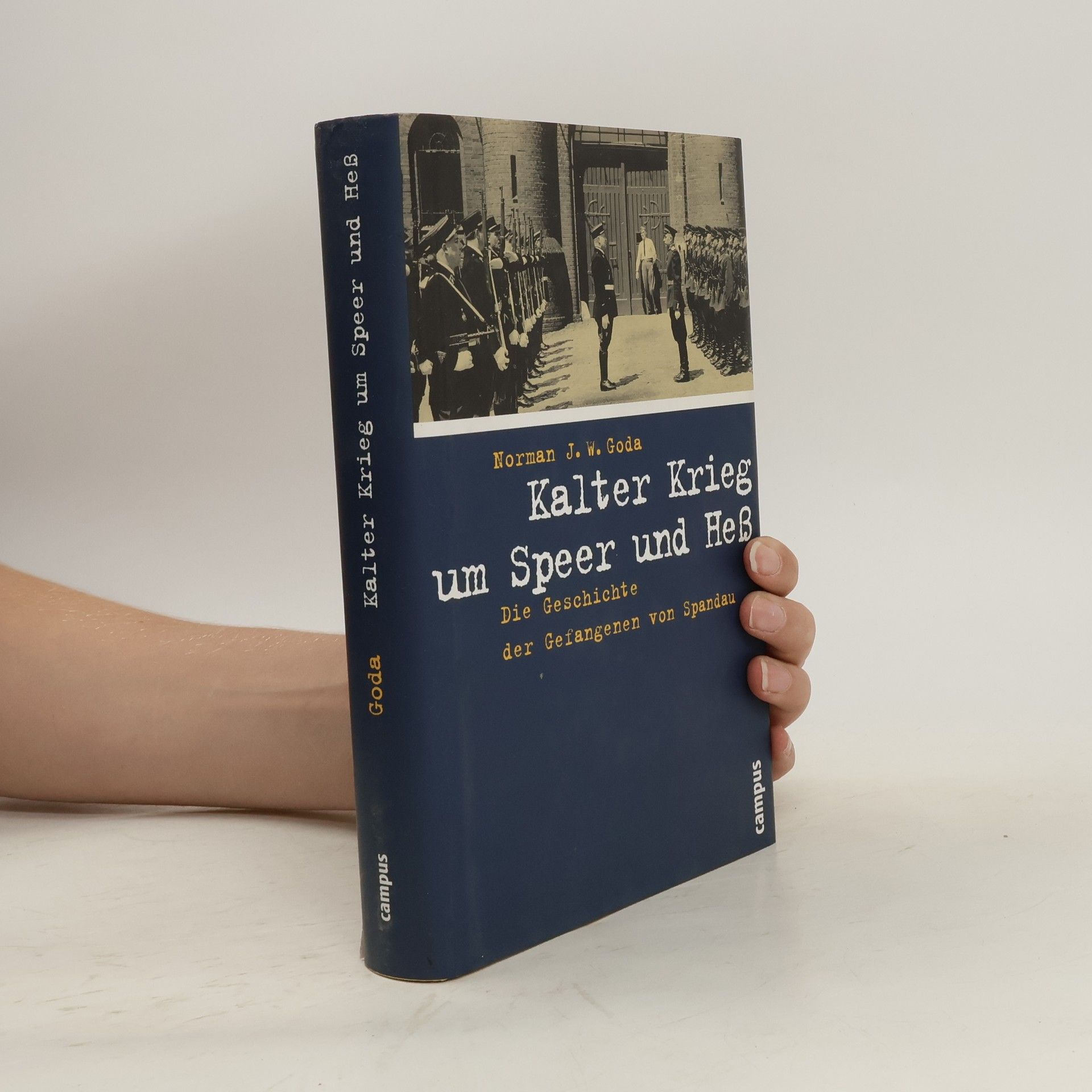Albert Speer, Rudolf Heß und fünf weitere hohe Vertreter des Dritten Reichs* wurden in den Nürnberger Prozessen zu langjährigen Haftstrafen verurteilt. Doch was sollte mit ihnen geschehen? Norman Goda schildert, wie sich die vier Siegermächte in harten, bereits vom Kalten Krieg geprägten Verhandlungen auf einen Ort für das Gefängnis und auf strenge Haftregelungen einigten. Während die Vertreter der Sowjetunion die NS-Verbrecher möglichst hart bestrafen wollten, wünschten die westlichen Mächte eine mildere Behandlung. Spannend zu lesen ist, mit welchen Maßnahmen verhindert werden sollte, dass die Gefangenen zu Märtyrern stilisiert wurden. Goda macht deutlich, wie sehr die Sowjets von der Angst getrieben waren, der Nationalsozialismus in Deutschland könne wieder erstarken. Und das Ende? Nach dem Tod von Rudolf Heß 1987 wurde das Spandauer Gefängnis dem Erdboden gleichgemacht – kein Bruchstück eines Steins blieb übrig, um alten und neuen Nazis als Reliquie zu dienen.
Norman J. W. Goda Livres
1 janvier 1961
